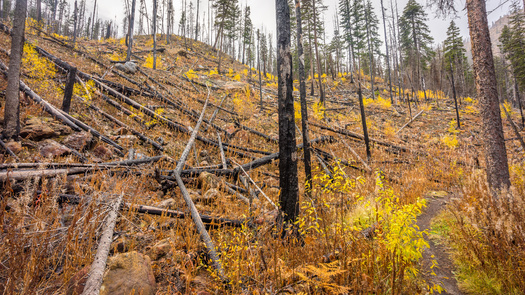In the face of the severe effects of climate change across the country, new research offers a framework for how to measure Washington’s climate resilience.
The research supports Washington’s Climate Resilience Strategy, which was published last year.
Carlie Stowe, climate resilience specialist for the Climate Impacts Group at the University of Washington and the paper’s lead author, said building resilience is critical in order to minimize effects from droughts, fires and other extreme weather events.
“As the government is investing in resilience, we want to make sure that we’re spending that money wisely,” Stowe urged. “And that the programs and activities we’re investing in are resulting in increased resilience.”
Stowe pointed out the research compares Washington’s and South Carolina’s approaches to climate preparedness to serve as a guide for other states. She added the research is one way to demonstrate Washington’s leadership in this area, as taking such measurements is a new practice at the state level.
Stowe noted measuring climate resilience means incorporating data from dozens of sources, across communities, infrastructure, land and governance. It includes air quality levels, damage to infrastructure, and evacuations in extreme events like floods or wildfires.
She emphasized it was helpful to partner with South Carolina on this research, even though each state ended up with a different measurement framework.
“There’s a lot more that we can learn together,” Stowe stressed. “Continuing partnerships like this is really important for further building resilience across our country.”
Stowe added the Washington State Department of Ecology will be implementing the plans and the public will start seeing initial results of the measurements in September.
